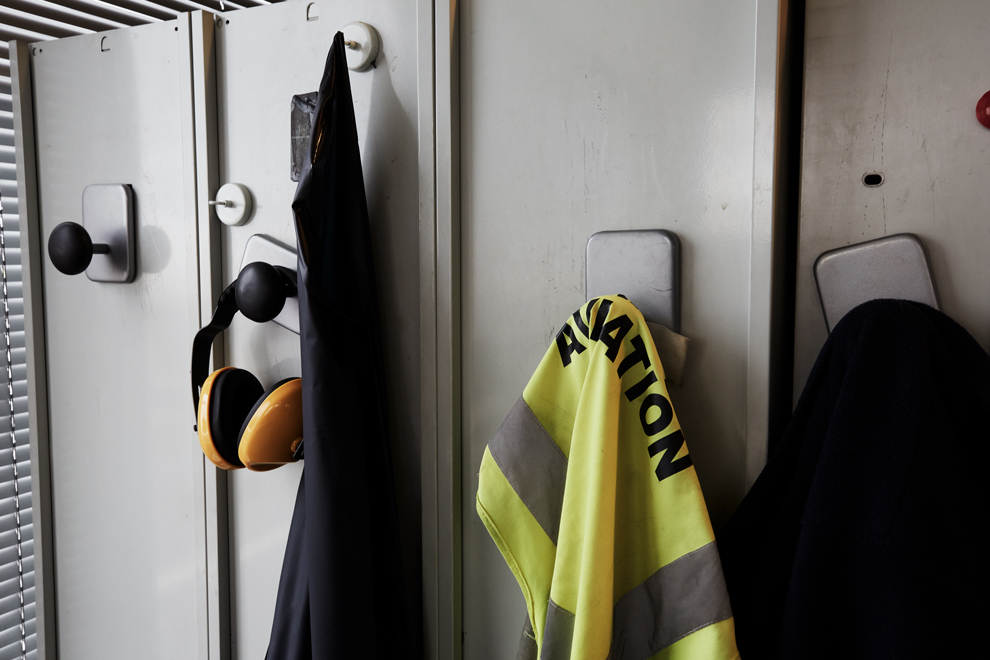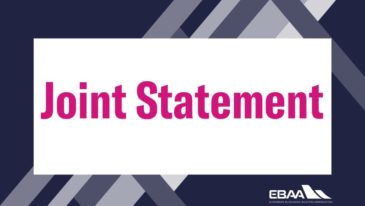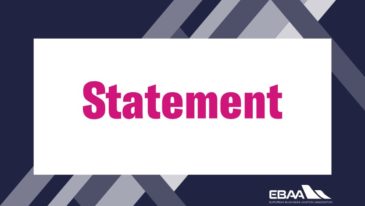Business aviation and safety
EBAA promotes the use of best practices and compliance, using industry standards. We also support individual approaches to reduce risk and implement initiatives to improve safety.
Aviation regulation provides a baseline for aviation safety and needs to remain proportionate to achieve the desired outcome. Regulation covering commercial operations is mainly tailored around scheduled traffic operating large fleets of similar aircraft types from a hub to normally well-equipped airports and back.
From a regulatory and safety perspective, this creates undesired side effects: overcomplications could potentially affect safety for smaller operators providing on-demand operations to and from secondary airports with irregular intervals, and small multi-aircraft fleets.












